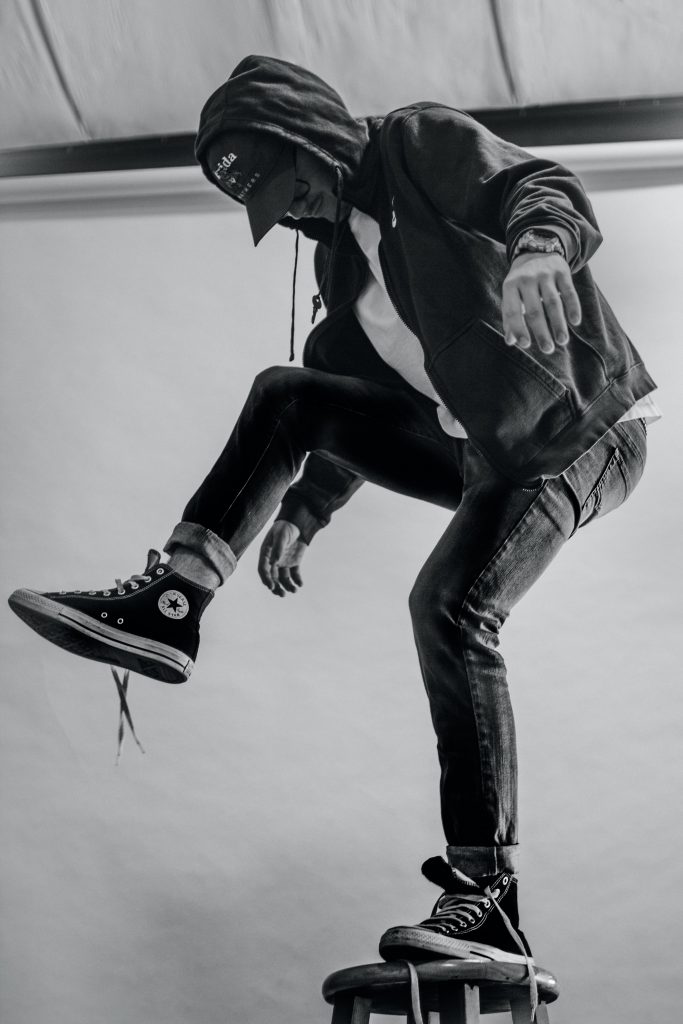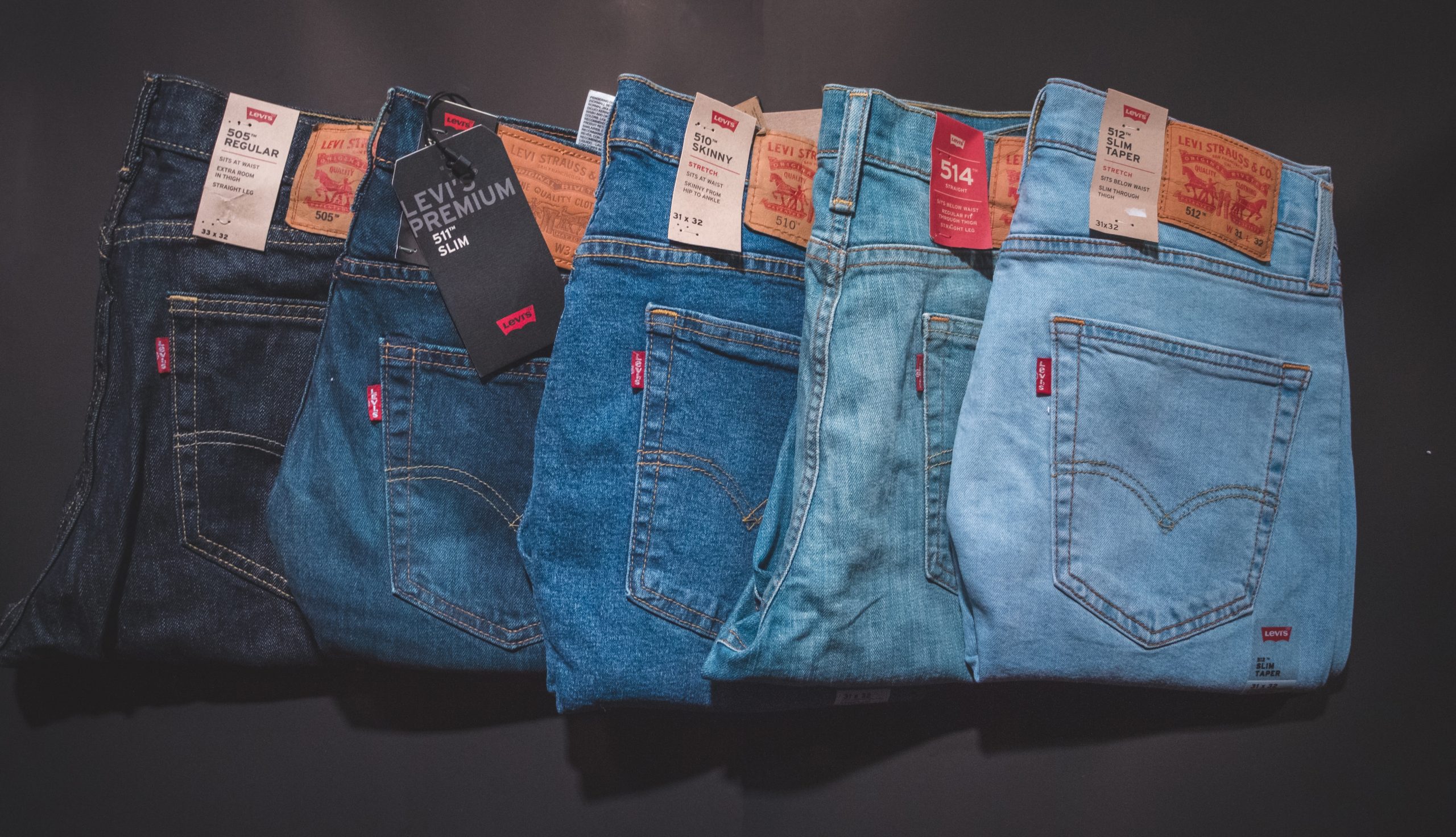The history of denim started when servicemen from the United States transported their favourite denim pairs overseas during WWII in the 1940s. Despite the fact that the manufacturing of denim workwear dropped during the war due to a scarcity of raw materials, the end of the war marked the beginning of a change in attitude. Denim jeans have been far more closely connected with leisurewear than with office attire.
The rise of denim popularity
Denim was a popular fabric for pants in the 1950s due to its dark colour and tenacity. Denim trousers with zippers were first introduced in 1954, and the younger generation began to wear them as leisurewear. As more people started wearing denim, they began to refer to it as “jeans” rather than “denim overalls.”
Denim became associated with revolt, independence, and self-expression in the late 1950s. Students began wearing jeans to school, and the basic jean trouser became an unofficial uniform during protests, discos, and other social gatherings. At the period, women were expected to dress in a way that reflected their sexual independence. Women’s denim jeans began to reflect this mood as they donned more contemporary versions with smaller waists and larger, ‘bell-bottoms.’
In the 1950s and 1960s, when college students began wearing them in protest of the Vietnam War and the establishment’s character, jeans became a symbol of adolescent defiance. Motorcycle boys and juvenile delinquents, who were greatly influenced by these movie idols, were big fans of the denim jean at the time. Because straight-leg jeans were more associated with riotous figures, numerous schools in the United States made it illegal to wear them.
Flared and bell-bottom patterns spread across Europe after becoming popular in the United States. They were no longer associated with the narrow counterculture movement. For young people, denim jeans became the go-to fashion in all aspects of their lives. People began to add sequins, embroidery, paint, and beads to their jeans, and customized denim became popular. Denim jeans have evolved into a fashionable way of expressing oneself.
Designer Jean Denim’s Ascension
Denim crept into various subcultures such as punk, grunge, and rock in the 1980s. New patterns like acid wash became popular, and denim skirts and ripped jeans also made their mark in the industry. The 1980s were also a watershed moment for denim, as many fashion designers began to include the fabric into their creations. Calvin Klein and Armani were among the first to introduce designer jeans, ushering in the era of premium denim.
With the emergence of baggy jeans and dungarees in the 1990s, a new era in denim culture and styling began. The ‘boot cut,’ a smaller, more modest denim flare that was more flexible for everyday wear, as well as the wide-legged design, which were extraordinarily huge in the waist to down, became popular in the 1990s. Baggy denim jackets coupled with contrasting indigo pants were a popular trend among celebrities at the time.
Customized denim was a significant fad in the 2000s because it allowed buyers to express themselves artistically through their sense of style, which is an important component of the millennial mindset. When jeans were shredded, embroidered, and patched together, they were officially in. High-rise silhouettes opened the way for ultra-skinny low-rise variations.
In recent years
Every denim style, shape, and wash imaginable has made a comeback. While many individuals are relieved to be rid of their skinny jeans, high waisted, flared, and straight-leg styles have all made a reappearance. Raw selvedge denim, which requires breaking in, as well as light, softer denim made with environmentally friendly methods, made a reappearance in the decade of the 2010s.
Utility and formal clothing are resurfacing as significant trends, and denim-analytical menswear designers like Jack & Jones are cashing in on the demand for significance, value, and comfort. Despite the fact that major fashion houses now sell their own denim lines, Levi’s, Wrangler, and Lee remain household vintage brands thanks to their long histories.
Denim in the Future
“What will the future of denim look like?” we ponder as we start a new decade. Consumer concerns about whether or not their products are sustainable are directing brands, echoing the fashion industry’s overall orientation, and the denim manufacturing sector is responding. While many high-end brands have celebrated sustainable procedures for years. The debut of denim ranges from quickly rising fast fashion experts, as well as a big performance from those pioneering high-end brands. This is also aiding in the diversity of the denim business to stand out.





